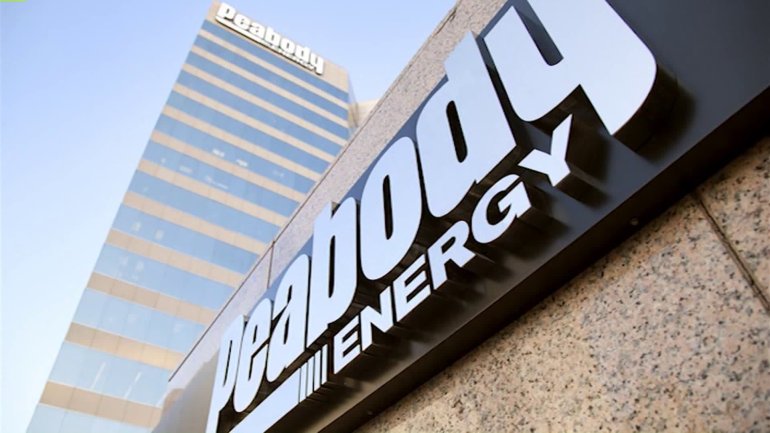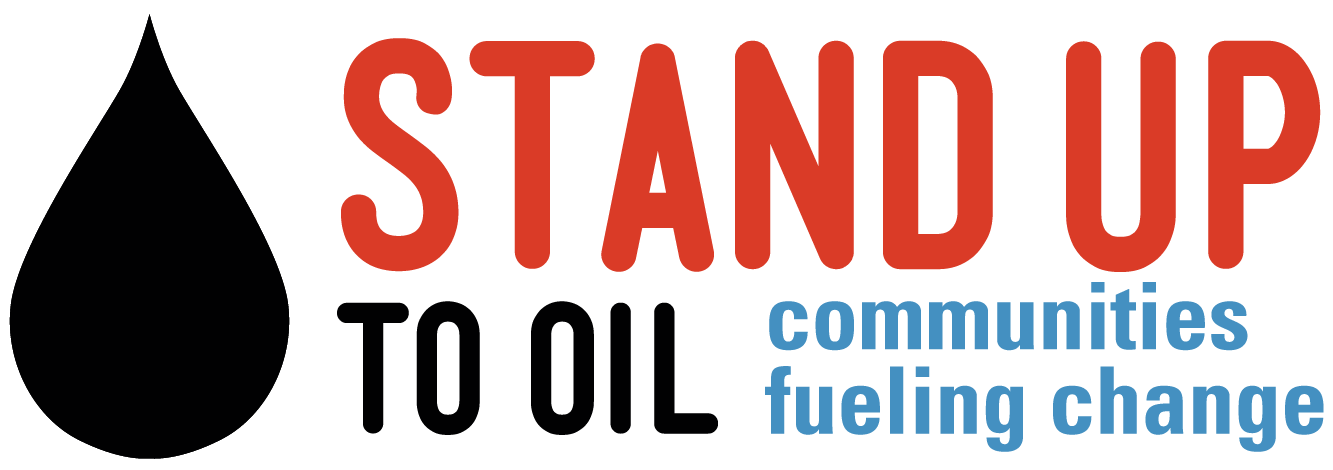Peabody is left with holdings in both the US and Australia with mounting costs and no potential buyers
SEATTLE, WA – In the latest setback for the global coal industry, Peabody Energy, Inc., the world’s largest private-sector coal company, announced today that it has filed for bankruptcy. A sustained downturn in both domestic and international coal markets had left the company saddled with enormous debts and no realistic hope of paying them back; forcing company to seek protection from its creditors.
By filing for reorganization, Peabody joins many other of the largest US coal companies, including Arch Coal, Alpha Coal, Walter Coal, James River and Patriot (which recently filed for the second time). Peabody is filing for bankruptcy because of its massive debt load (it owes approximately $6.3 billion in debt), most of which was incurred during an ill-timed expansion, capital expenditures and acquisition spree five years ago, when the company believed that international coal markets were poised for continued growth. Peabody has posted annual losses over each of the past four years and investors saw its stock price decline by more than 99.8% since March, 2011, prior to today’s announcement.
“Peabody’s executives sealed the company’s downfall by making bad bets on international coal markets,” said Clark Williams-Derry, Director of Energy Finance at Sightline Institute. “They overpaid for export-oriented mines at the peak of the Chinese coal bubble—and paid themselves handsomely for their errors.”
Peabody’s insolvency puts yet another nail in the coffin for the company’s plans to build the massive Gateway Pacific Terminal coal export project outside of Bellingham, Washington. With China, the world’s top coal consumer, reporting a significant decline in the demand for coal, Peabody is left with holdings in both the US and Australia with mounting costs and no potential buyers. The terminal has also drawn fierce public opposition from around the region, including thousands of Northwest residents speaking out against the project in public hearings. The Lummi Nation, the Tribe on whose ancestral lands this project would be built, staunchly opposes the project based on the impact it would have on their treaty rights.
Peabody will use bankruptcy protection to shed a significant share of its more than $7 billion in debt, mostly held by institutional investors. Public interest organizations plan to keep a close eye on the bankruptcy proceedings, since many coal companies have used bankruptcy to shed responsibilities to workers, retirees, and local communities near mines. Peabody has more than $2 billion in mine cleanup liabilities, nearly $1.5 billion of which are unfunded, including nearly $900 million in Wyoming alone.
Ross Macfarlane, Senior Advisor, Business Partnerships for Climate Solutions said, “The fundamental cause of Peabody’s bankruptcy is a collapsing price of global coal and export markets, caused by slumping demand and an oversupplied market. Peabody indicated that the timing for this filing was accelerated, in part, because another coal company, Bowie Resources, was unable to secure financing to complete a deal to purchase a number of Peabody’s mines. In this environment, Wall Street has very little appetite to finance new infrastructure.”
Matt Petryni, Clean Energy Program Manager at RE Sources for Sustainable Communities, a grassroots conservation organization based in Bellingham, Washington said, “This is another big hazard sign on the very rocky road reminding us that coal exports is a dead end for Whatcom County, Washington and the region. Our community is a leader with some of the best clean energy manufacturing jobs in the state, and a vibrant local fishing industry. Coal is the past, and we’re looking to the future. We can do better.”
###
About Power Past Coal
Power Past Coal is an ever-growing alliance of health, environmental, businesses, clean-energy, faith and community groups working to stop coal export off the West Coast. There are over 100 organizations that are part of the coalition.
About the Sierra Club
The Sierra Club is America’s largest and most influential grassroots environmental organization, with more than 2.4 million members and supporters. In addition to helping people from all backgrounds explore nature and our outdoor heritage, the Sierra Club works to promote clean energy, safeguard the health of our communities, protect wildlife, and preserve our remaining wild places through grassroots activism, public education, lobbying, and legal action. For more information, visit www.sierraclub.org.


